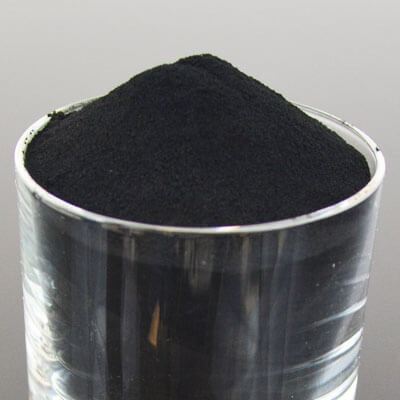Description
Lanthanum-Nickel Catalysts: Powering a Cleaner Future Through Efficient Hydrogen Transformations
In the quest for a sustainable energy future, hydrogen is emerging as a key player. However, efficient and cost-effective methods for hydrogen production, storage, and utilization are crucial for its widespread adoption. Lanthanum-nickel (LaNi) catalysts have garnered significant attention in this field due to their unique properties and their ability to facilitate various hydrogen-related reactions.
What are Lanthanum-Nickel Catalysts?
Lanthanum-nickel catalysts typically consist of a combination of lanthanum (La), a rare-earth element, and nickel (Ni), a transition metal, often supported on a high surface area material like alumina or silica. These catalysts are often synthesized in intermetallic forms, such as LaNi5 or La2Ni7, where the two metals are intimately mixed at the atomic level. This specific configuration is key to their enhanced catalytic performance.
Why the Hype? Key Advantages:
Several factors contribute to the appeal of LaNi catalysts for hydrogen-based applications:
- High Activity: The synergistic effect between lanthanum and nickel provides a high density of active sites for hydrogen adsorption, dissociation, and subsequent reactions. Nickel itself is a known hydrogen activation catalyst, and lanthanum can modify its electronic properties, further enhancing its performance.
- Hydride Formation: Lanthanum-nickel alloys can reversibly absorb large quantities of hydrogen, forming metal hydrides. This ability is crucial for hydrogen storage applications and can also influence the catalytic activity by providing a reservoir of reactive hydrogen species.
- Improved Stability: Compared to pure nickel catalysts, LaNi catalysts often exhibit improved resistance to sintering and poisoning, leading to increased operational lifespan and stability.
- Tunable Properties: The catalytic properties of LaNi can be fine-tuned by varying the La/Ni ratio, the support material, and the synthesis method. This allows for the optimization of the catalyst for specific applications.
Applications in Hydrogen Technologies:
LaNi catalysts are finding applications across a wide range of hydrogen-related technologies:
- Hydrogen Production: They can be used in various hydrogen production processes, including steam reforming of hydrocarbons, partial oxidation of methane, and water gas shift reaction. Their high activity and stability make them attractive alternatives to traditional catalysts.
- Hydrogen Storage: LaNi5 and other related alloys are well-known for their hydrogen storage capabilities. They can absorb and release hydrogen at moderate temperatures and pressures, offering a promising pathway for solid-state hydrogen storage. However, ongoing research is focused on further improving their storage capacity and kinetics.
- CO2 Methanation: These catalysts can effectively convert carbon dioxide (CO2) and hydrogen into methane, a valuable fuel and feedstock. This process helps in reducing greenhouse gas emissions by utilizing CO2 and producing a renewable fuel source.
- Selective Hydrogenation: LaNi catalysts can be used to selectively hydrogenate unsaturated hydrocarbons, a crucial step in the production of fine chemicals and pharmaceuticals. Their ability to control the hydrogenation process allows for the production of specific products with high selectivity.
Challenges and Future Directions:
Despite their promising potential, LaNi catalysts face certain challenges:
- Cost: Lanthanum is a relatively expensive rare-earth element, which can impact the overall cost-effectiveness of the catalyst. Research is focused on finding alternative lanthanum-containing materials or reducing the lanthanum content in the catalyst.
- Oxidation: Nickel can be easily oxidized under certain reaction conditions, leading to deactivation of the catalyst. Developing strategies to improve the oxidation resistance of LaNi catalysts is crucial for their long-term performance.
- Kinetics: The hydrogen absorption and desorption kinetics of LaNi alloys can be slow, limiting their application in dynamic hydrogen storage systems. Research is underway to improve the kinetics by optimizing the alloy composition and microstructure.
The future of LaNi catalysts looks bright. Continued research efforts focused on addressing these challenges are expected to lead to even more efficient and cost-effective catalysts. By optimizing their composition, structure, and synthesis methods, LaNi catalysts have the potential to play a significant role in powering a cleaner, more sustainable energy future based on hydrogen. They represent a valuable tool in the arsenal of scientists and engineers working to unlock the full potential of the hydrogen economy.













Reviews
There are no reviews yet.